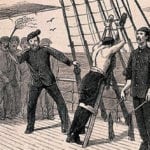 Our World
Our World  Our World
Our World  Weird Stuff
Weird Stuff 10 Fascinating Facts You Might Not Know About Snow
 Miscellaneous
Miscellaneous Top 10 Things Crypto Was Supposed to Change & What Actually Did
 History
History 10 Huge Historical Events That Happened on Christmas Eve
 Music
Music 10 Surprising Origin Stories of Your Favorite Holiday Songs
 History
History 10 Less Than Jolly Events That Occurred on December 25
 Weird Stuff
Weird Stuff 10 Funny Ways That Researchers Overthink Christmas
 Politics
Politics 10 Political Scandals That Sent Crowds Into the Streets
 Weird Stuff
Weird Stuff Ten Bizarre Facts About The Doge Meme
 Our World
Our World 10 Ways Your Christmas Tree Is More Lit Than You Think
 Our World
Our World 10 Archaeological Discoveries of 2025 That Refined History
 Weird Stuff
Weird Stuff 10 Fascinating Facts You Might Not Know About Snow
 Miscellaneous
Miscellaneous Top 10 Things Crypto Was Supposed to Change & What Actually Did
Who's Behind Listverse?

Jamie Frater
Head Editor
Jamie founded Listverse due to an insatiable desire to share fascinating, obscure, and bizarre facts. He has been a guest speaker on numerous national radio and television stations and is a five time published author.
More About Us History
History 10 Huge Historical Events That Happened on Christmas Eve
 Music
Music 10 Surprising Origin Stories of Your Favorite Holiday Songs
 History
History 10 Less Than Jolly Events That Occurred on December 25
 Weird Stuff
Weird Stuff 10 Funny Ways That Researchers Overthink Christmas
 Politics
Politics 10 Political Scandals That Sent Crowds Into the Streets
 Weird Stuff
Weird Stuff Ten Bizarre Facts About The Doge Meme
 Our World
Our World 10 Ways Your Christmas Tree Is More Lit Than You Think
10 Terribly Dysfunctional Royal Weddings
With the royal wedding of Prince Harry and Meghan Markle approaching, it is useful to look back through the history of royal weddings to see what we can expect. Certainly, there will be bunting, cakes, and flag waving. If they are lucky, the worst thing that will happen will be minor royalty turning up in unflattering hats.
But it may be best to plan for the worst, and history provides a number of examples of things to avoid on your wedding day. Here are 10 of the most disastrous royal weddings of all time.
10 George IV And Caroline Of Brunswick
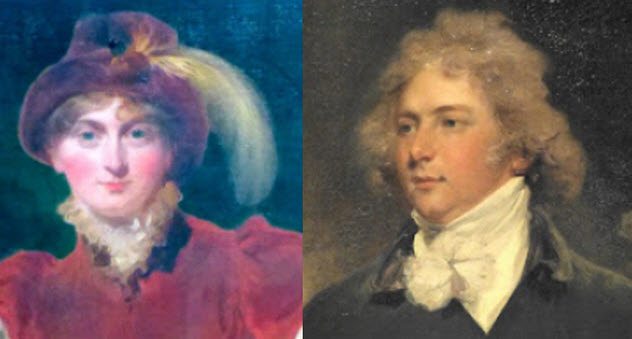
There are many reasons for a royal wedding to take place. Diplomacy, inheritance, and even love can all be pressing reasons. In George IV’s case, it was money that made all the difference.
While still a prince, he fell into huge debt that the British parliament only agreed to pay off if he made a suitable marriage. His cousin Caroline of Brunswick was chosen for this honor and wooed with flattering portraits of the rather corpulent prince. She arrived in Britain to meet her future husband. Things did not go well.
If Caroline found George disappointing, then it was nothing compared to George’s impression of her. He thought that she was fat, ugly, short, and stinky from never washing. He embraced her and fled, remarking to his friend, “Harris, I am not well. Pray, get me a glass of brandy.”
George resorted to alcohol to get through the wedding ceremony a few days later. By the evening of their wedding day, the groom was so drunk that he collapsed into the fireplace and slept there until morning. The couple managed to have one child before separating forever.[1]
When it was time for George’s coronation, he banned his wife from attending. She had to be driven away from the event at bayonet point.
9 Henry VIII And Anne Of Cleves
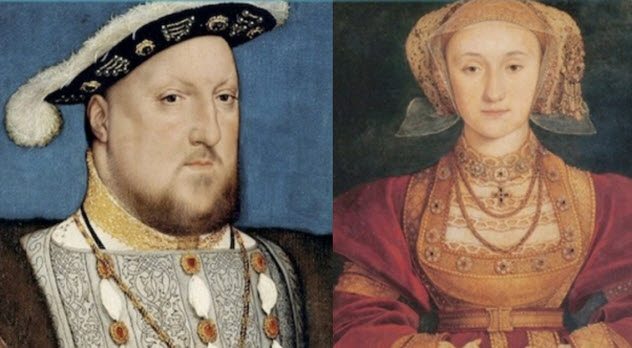
No one would call Henry VIII an ideal husband. He forced England to break away from Catholicism to get rid of his first wife. He accused his second wife, Anne Boleyn, of adultery and incest and had her beheaded. When his third wife died after the birth of Henry’s much longed-for male heir, the king started looking for a fourth to replace her.
Unfortunately, the marriageable noblewomen of Europe were not all keen to have him. When he pursued the tall Marie of Guise as a bride, she quipped, “I may be big in person, but my neck is small.” The beautiful Christina of Denmark was another possible bride, but she remembered the fate of Anne Boleyn, too. Christina said, “If I had two heads, one should be at the king of England’s disposal.”
In the end, Henry was convinced to marry Anne of Cleves. He had been sent a flattering portrait of her, and his minister, Thomas Cromwell, said that Anne excelled other women’s beauty “as the golden Sun excels the silver Moon.”
When she arrived in England, Henry chivalrously rode through a storm to surprise her with gifts. He burst into her room. Immediately, he was disappointed. He stalked from the room while declaring, “I like her not.”[2]
It was too late for the king to back out, and the marriage went ahead. Henry groused to Cromwell, “My lord, if it were not to satisfy the world and my realm, I would not do that I must do this day for none earthly thing.”
Henry found Anne’s body disgusting and refused to consummate the marriage, annulling the union the same year. Perhaps Anne was lucky. She outlived Henry and led a happy life in England without the king as her husband. Cromwell got the axe for forcing the king into this marriage.
8 Matilda Of Tuscany And Welf V

Being a female ruler has always been tough. In the Middle Ages, it was extraordinarily difficult for a woman to keep her throne. Sometimes, it took killing her husband to remain in power. Many suspected Matilda of Tuscany of securing the death of her first husband.
Matilda was facing invasion from the Holy Roman Emperor Henry IV, and the Pope urged her to marry again to help secure her lands. In her forties, Matilda was betrothed to Welf V of Bavaria, who was around 16 years old.
Welf was welcomed to Matilda’s lands by thousands of attendants, and the wedding was to be celebrated with 120 days of lavish spectacle. All was looking well for this royal marriage.
For some reason, however, the young Welf was not interested in sleeping with his bride. Two nights went by without a consummation. On the third, Matilda had a table set up and placed herself naked on it to tempt him.
When Welf hesitated, Matilda slapped him, shouting, “Get out of here, monster, you don’t deserve our kingdom, you vile thing, viler than a worm or a rotten seaweed, don’t let me see you again, or you’ll die a miserable death.”[3]
The marriage was not a success, and the two separated.
7 Philip II Of France And Ingeborg
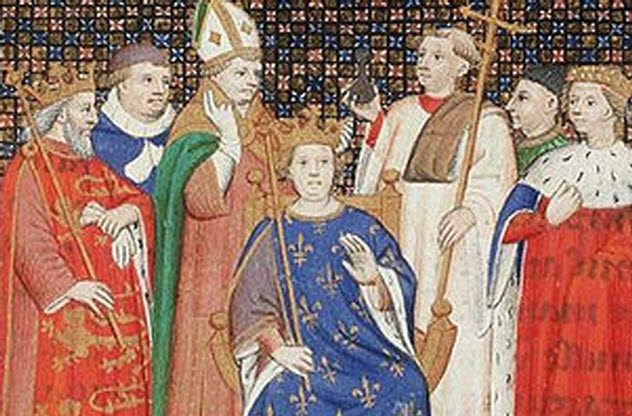
Philip II of France had a complicated marital history. He married his first wife when he was just 15 and she was 10. When she was only 14 years old, Philip tried to divorce her.
Officially, it was because she had not yet given him an heir, but it was really for political reasons. The young queen was too popular, and Philip was forced to remain married to her. She did give him a son but died later during another birth. Philip decided to get a new wife.
He looked to Denmark for a marriage that would shore up his power. Princess Ingeborg was selected to be the new French queen. Ingeborg was said to be “very kind, young of age but old of wisdom.” The king and his queen met for the first time on their wedding day.
The wedding night was apparently a success in that Philip managed to have sex with Ingeborg, but it was a short success. At her coronation the next day, the king told Ingeborg’s countrymen to take her home and that he planned to divorce her immediately. Ingeborg was not pleased. She insisted that the two were married and nothing could separate them.[4]
Philip had his unwanted queen placed under arrest in various religious houses for the next 20 years in an attempt to get rid of her. Although she was eventually released and given the dignity of a queen, Ingeborg and Philip never again shared a bed.
6 Catherine The Great And Tsar Peter
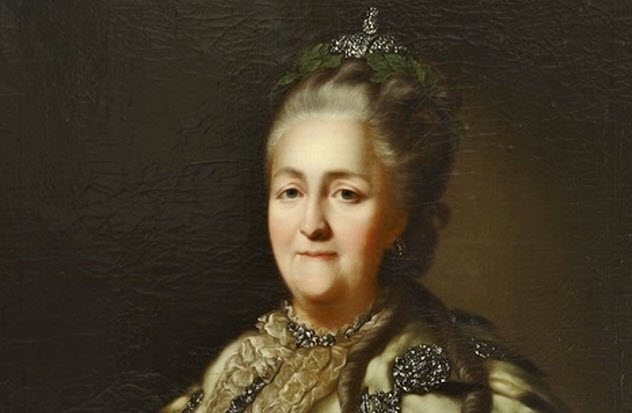
Catherine the Great of Russia had no claim to the Russian throne. Originally a princess from a minor German noble family, she was chosen to be the bride for Peter, heir to the Russian crown, because of her father’s ties to Russia. This spectacular marriage might have been expected to please the young Catherine, but it was not to be.
Peter was cruel and weak-minded. Catherine described him as an idiot and a good-for-nothing. She would later comment, “I believe the crown of Russia attracted me more than his person.”
At their wedding, though, Catherine was forced to wear a crown so heavy that it gave her a terrible headache. When the newlyweds were led to their bedchamber, the prince left her alone to undress while he retired with the other men to drink. Catherine was left alone for hours until the prince stumbled into bed drunk and nervously announced, “How it would amuse my servants to see us in bed together.” Then he fell asleep.
The marriage was not a success after this. Just six months after Peter became tsar of Russia, Catherine led a coup against him and ruled as empress of Russia in her son’s name for the next 34 years.[5]
5 Henry III Of Navarre And Margaret Of Valois
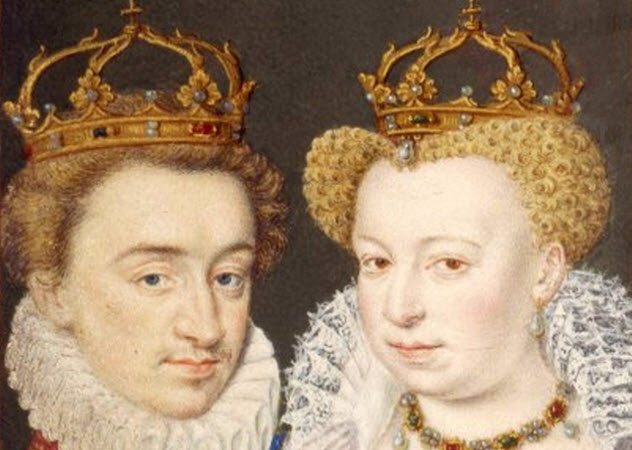
Religious differences can cause lots of trouble in a marriage. Henry III, king of Navarre, was a Protestant, and his bride, Margaret, daughter of the French king, was a Catholic. Despite this difference, a splendid wedding was planned to take place in Paris. Thousands of Henry III’s fellow Protestants flocked to the city to enjoy the spectacle, and all seemed to be going well.
Six days after the wedding, on St. Bartholomew’s Day, a wave of killings began which targeted the Huguenot Protestants in Paris. The violence spread throughout France, and tens of thousands died. Trapped in Paris, Henry III was only saved from slaughter because of his wife. However, the massacre put a bit of a strain on their relationship.[6]
Despite the troubles his Protestantism caused their marriage, Henry had a change of heart in later life. When the French king died without an heir, there were some who favored Henry as his successor. But his faith was against him.
Weighing his options, Henry converted to Catholicism to take the French throne as Henry IV. He quipped, “Paris is well worth a mass.” The marriage of Henry and Margaret never recovered from its early disasters, and both took other lovers.
4 Caracalla’s Proposed Wedding

The Roman Empire had long struggled with enemies in the East. The Parthians were always a threat to the rich Eastern provinces of the empire, and many emperors tried to get a handle on them. In AD 216, the emperor Caracalla decided that it was his turn to try. But the Roman people were not eager for war. To draw the Parthians into conflict, Caracalla planned a wedding.
He proposed a marriage alliance between himself and the Parthian king’s daughter. The king initially refused, not trusting Caracalla, but eventually, the king was convinced by the lavish gifts the emperor delivered.
Caracalla crossed into the Parthian Empire with his army to celebrate the nuptials. He was welcomed with music, feasting, and drinking. The Parthians left their weapons at home.
“Naturally, they did not have their quivers and bows with them. What need for weapons at a wedding?” wrote one historian of the time. At a signal, the Romans slaughtered the wedding guests, and the Parthian king narrowly escaped with his life.[7]
Caracalla’s war was not a success. His gains were short-lived, and he was assassinated less than a year later while urinating at the roadside.
3 Cleopatra And Alexander
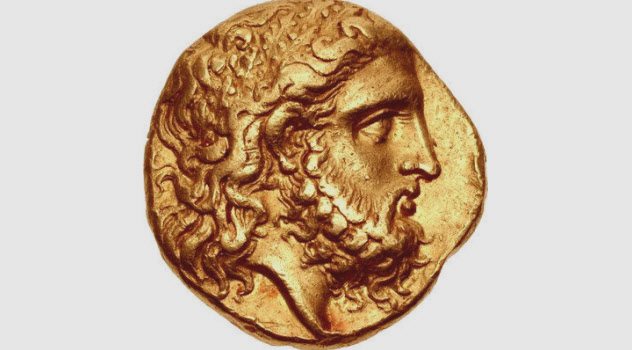
One of the purposes of royalty is to put on a good show. In the ancient world, a wedding could be a way to announce your kingdom’s power and wealth. For Philip of Macedon, it was also a chance to show his snobby Greek neighbors that he was just as civilized as they were.
Macedonians were regarded as murderous barbarians by many other Greeks, especially as they had a habit of assassinating their rulers. Philip wanted to show just how much they had changed by holding a huge wedding celebration for his daughter Cleopatra and King Alexander of Epirus.
Macedon’s neighbors were suitably impressed with the show, and the culmination of the wedding was to be Philip’s arrival at the competitions after the marriage. He was to enter the theater alone, preceded by his image being carried among the depictions of the gods.[8]
Everyone was cheering for the king when an assassin stabbed him to death. This rather ruined his attempt to show that Macedon no longer had a habit of killing its kings.
2 Prince Amadeo Of Savoy And Maria Vittoria Dal Pozzo
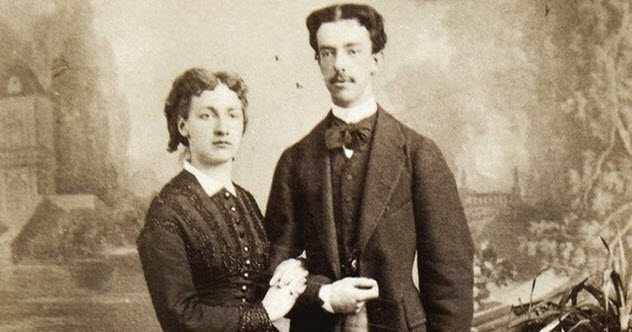
While many consider the disasters of the wedding between Prince Amadeo of Savoy and Maria Vittoria dal Pozzo to be apocryphal, they have also been widely reported and are too good to ignore. The troubles are supposed to have begun when Maria’s mistress of the wardrobe hanged herself just before the ceremony. Taking this as a bad omen, she had a new wedding dress quickly made to ward off bad luck.
The wedding day got off to a bad start when an officer fell from his horse with sunstroke and the gates to the palace refused to open for the couple. The prince’s best man is supposed to have accidentally shot himself in the head after the ceremony. The man in charge of the train station (from which the newlyweds were supposed to leave) fell under a train.
The prince’s father decided that enough was enough and ordered the wedding party back to the palace. During the procession home, a noble fell from his horse and under the carriage of the bride and groom where he was killed.[9]
1 Olga Of Kiev
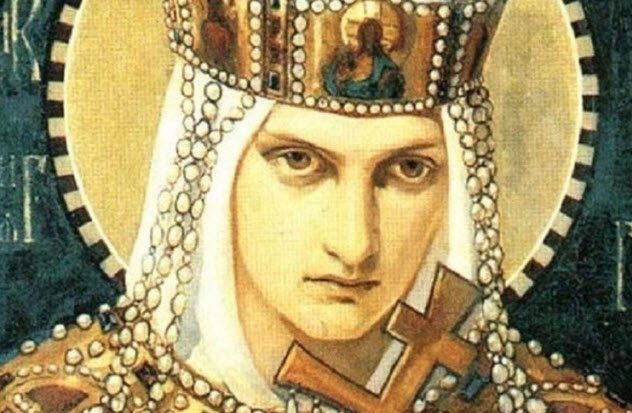
Olga of Kiev was wife to Igor, ruler of the Kievan Rus. All might have been quiet for Olga if the Drevlian tribe had not revolted against her husband. Igor was killed in the revolt.
“They had bent down two birch trees to the prince’s feet and tied them to his legs, then they let the trees straighten again, thus tearing the prince’s body apart,” a Byzantine historian tells us. Olga was left to act as regent for her son.[10]
The Drevlians decided to take over by having Olga marry their own Prince Mal. Olga greeted the 20 men sent to convince her by having them burned alive. Despite this, she told Prince Mal that she accepted his marriage proposal but only if he sent many of his important nobles to escort her to the wedding.
When they arrived, she had them roasted in a bathhouse. Next, Olga went to the Drevlians’ capital city with an army and ordered a feast to mourn her dead husband before she would marry Mal. When the Drevlians were drunk, her army murdered 5,000 of them. Then she used pigeons and sparrows with burning cloths attached to burn down hundreds of homes.
After this, Olga converted to Christianity and is today considered a saint.
Read some salacious stories about royal mistresses on 10 Royal Mistresses Who Had Their Men By The Crown Jewels and Top 10 Philandering English Monarchs.
